Die casting force casting functions: fill the mold cavity, improve casting accuracy and surface quality, control internal stress and deformation etc.
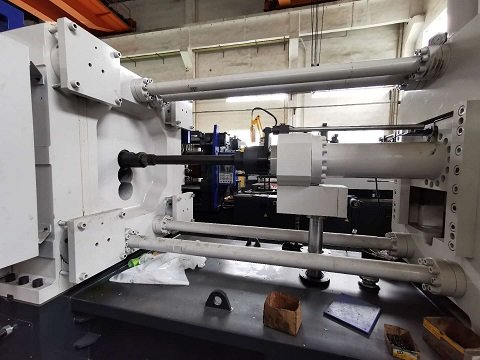
Force Casting is actually another name for Pressure Casting. Its core is to force molten metal into the cavity of a steel mold (die) under high pressure, so that the metal quickly fills the complex shape of the cavity and solidifies under pressure.
In this blog, we will analyze functions of force casting in die casting mainly from below 7 aspects:
- Filling the mold cavity
- Improve casting accuracy and surface quality
- Control internal stress and deformation of castings
- Improve production efficiency
- Reduce the need for subsequent processing
- Optimize mold design and maintenance
- Adapt to a variety of materials and complex structures
The functions of force casting in die casting machine are mainly reflected in the following aspects:
Filling the mold cavity
Definition
Force casting uses high pressure to quickly inject molten metal into the mold cavity to ensure that the metal can quickly fill the entire cavity.
This process requires high pressure and high speed to prevent the metal from cooling and solidifying before entering the cavity, thereby ensuring the integrity and quality of the casting.
Mechanical Sequence of the Filling Process
- Mold Closure: Clamping force is first applied to secure the mold halves together.
- Pre-Pressure (Optional): In certain high-precision processes, a slight negative or low pressure is initially applied to the mold cavity to expel trapped gas.
- High-Speed Injection: Instantaneous injection pressure forces the melt into the mold cavity, forming a metal flow front.
- Boost/Intensification: When flow resistance increases (e.g., entering fine walls or complex flow dividers), the Boost system increases pressure to maintain flow rate.
- Vacuum Assist (if used): The vacuum valve closes at metal impact, creating a transient positive pressure to further enhance filling integrity.
- Package (Solidification Phase): After complete metal filling, cavity pressure is maintained (holding pressure) to compensate for shrinkage and eliminate internal porosity.
- Rapid Decompression/Mold Opening: After solidification is complete, the holding pressure is quickly released, allowing the mold to be opened for part removal.
Key Influencing Factors
- Alloy Viscosity and Temperature: High temperatures reduce viscosity and therefore the required injection pressure.
- Wall Thickness and Geometric Complexity: Thinner walls and more diversions require higher transient pressure or a boost system.
- Mold Design (Gate, Runner, Vent): Appropriate gate size and vent holes can reduce filling resistance and lower required pressure.
- Machine Performance: The maximum hydraulic system pressure, clamping force, and boost system response speed determine the minimum achievable wall thickness and maximum dimensions.
Improve casting accuracy and surface quality
High-pressure injection can reduce air inclusions during metal flow and reduce the generation of defects.
Such as pores, thereby improving the mechanical properties and surface finish of the casting.
In addition, the reusability of the mold during force casting also makes the casting have higher dimensional accuracy.
Control internal stress and deformation of castings
Force casting can effectively reduce residual stress and deformation inside the casting by precisely controlling the injection speed, pressure and holding time.
For example, by optimizing the layout and parameters of the injection system, casting defects caused by uneven pressure can be reduced.
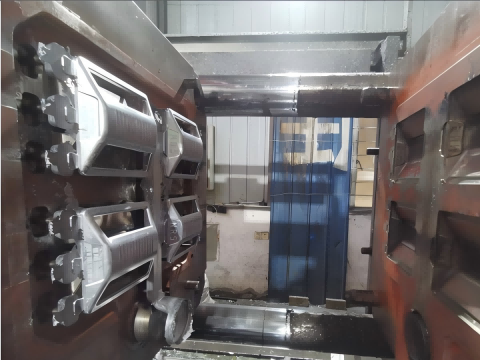
Improve production efficiency
Force casting is a high-speed casting process that can complete the production of a large number of complex-shaped parts in a short period of time.
This rapid prototyping capability makes it an important part of modern manufacturing.
Reduce the need for subsequent processing
Since force casting can produce castings close to the final shape, the need for subsequent machining is reduced. This not only reduces production costs, but also improves production efficiency.
Optimize mold design and maintenance
Force casting places higher demands on mold design and maintenance. For example, the mold needs to withstand the mechanical stress caused by high-pressure injection, and regular inspection and maintenance are required to ensure its stable performance.
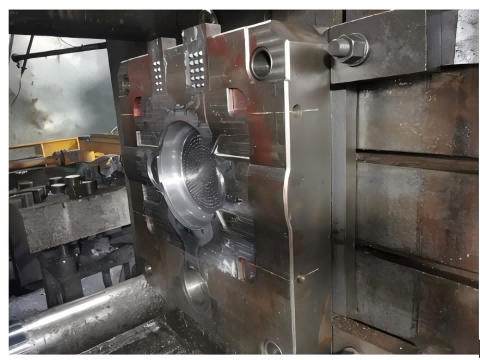
Adapt to a variety of materials and complex structures
Force casting is suitable for a variety of non-ferrous metal materials (such as aluminum, zinc, copper, etc.) and can produce parts with complex geometries. This flexibility makes it widely used in aerospace, automotive manufacturing and other fields.
Force casting in die casting machine plays a key role in the die casting process, achieving efficient and high-quality metal forming through high-pressure injection, while optimizing mold design, improving production efficiency, and reducing the need for subsequent processing.
Haichen die casting machine
Haichen is one Chinese die casting machine manufacturer for more than 10years. At the same time, we produce both high pressure cold chamber die casting machine , hot chamber die casting machine and spare parts. They have durable and highly precise features.
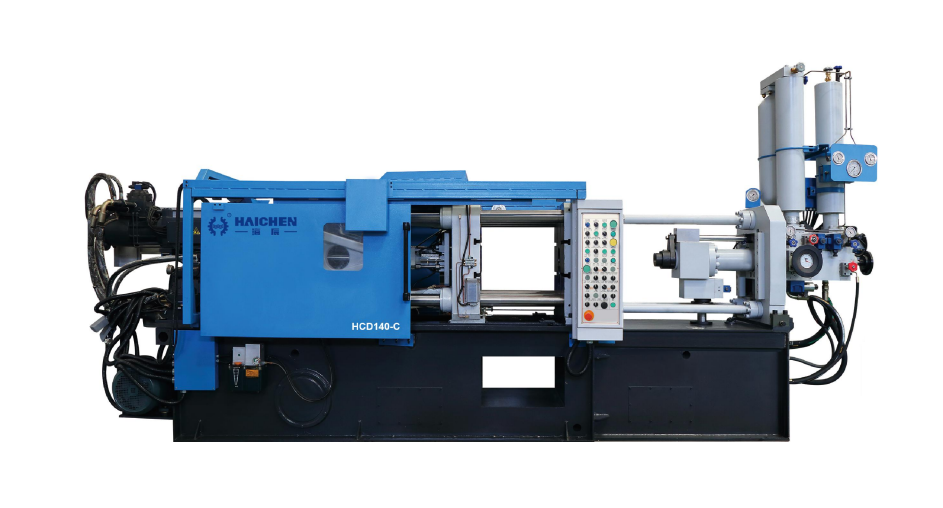
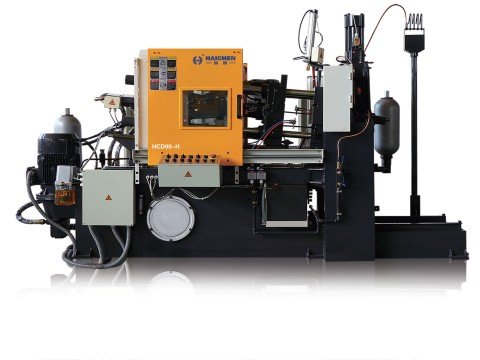
Haichen also produce die casting machine auxiliary equipment. Such as conveyor, vacuum machine, mold temperature controller, industrial robot, sprayer and so on.
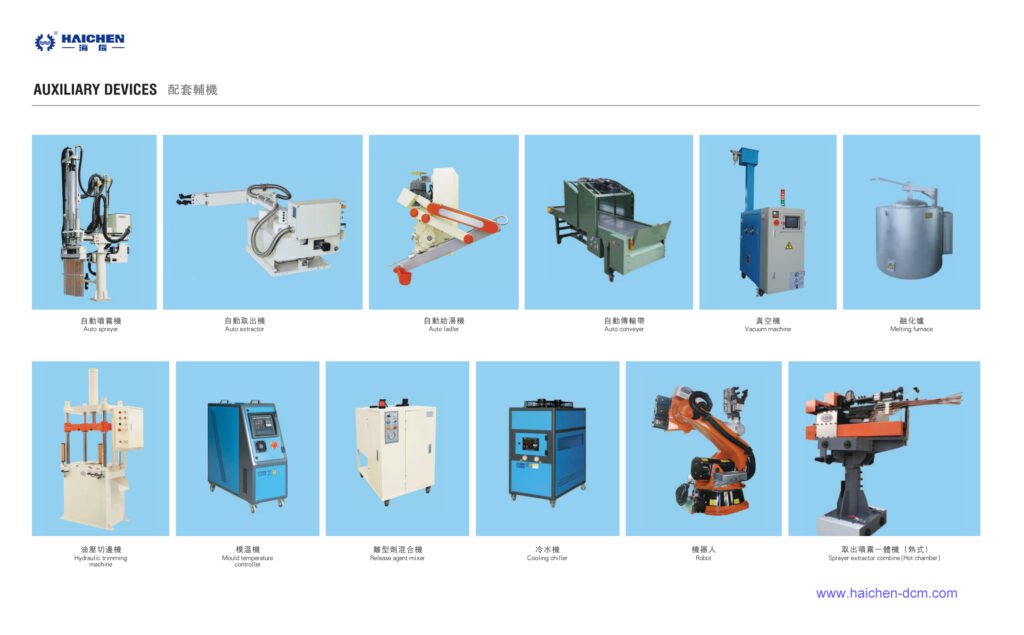
We supply cold chamber and hot chamber die casting machine spare parts.
Welcome contact us.



